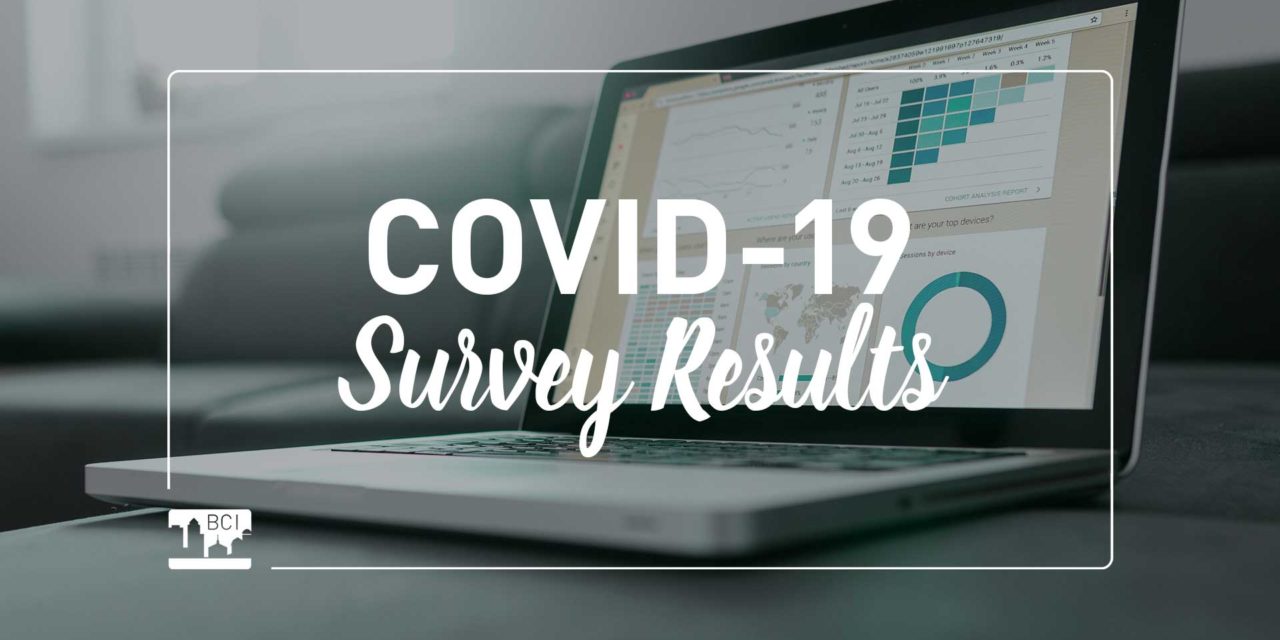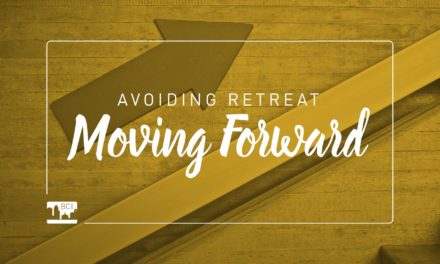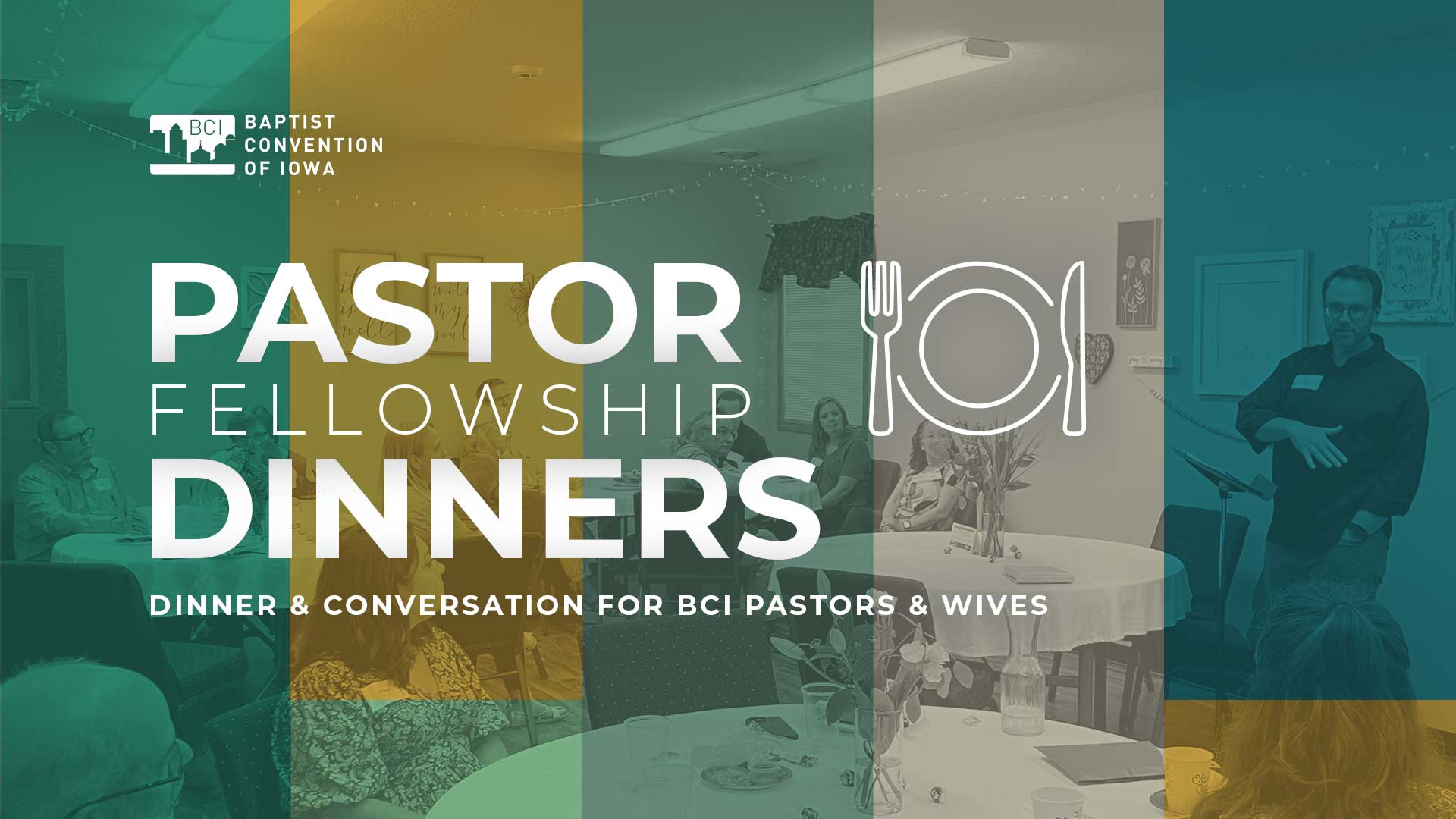by Chris Eller, BCI Associate Director
September 15, 2020, was the six-month mark of the day COVID or Coronavirus became a part of our national dialog. In many ways, COVID has defined 2020 to this point. The virus and our response to it have shaped almost every aspect of our life during the past six months.
When the country first shutdown to “flatten the curve,” we encouraged pastors and churches to view this period of time through a six month window, from March 15 to September 15. At the end of that window, we would have a better handle on how COVID and our response to it has changed the rhythms and patterns of daily life.
What’s the situation?
Here is a summary of where we stand today:
- COVID-19 is still one of the top-of-mind local and national discussion points and news stories.
- Like many things in America today, COVID has become a highly politicized and divisive topic.
- About one-third of the states continue to be severely locked down and shutdown.
- School districts across Iowa are in various stages of returning, with many employing both in-person and online learning strategies.
- The Big 10 Conference remains one of two major “power five” conferences to postpone or cancel their Fall 2020 sporting events. The economic impact of this on Big 10 communities like Cedar Rapids and Iowa City will be significant, in addition to the economic impact on the Big 10 athletic programs.
How is COVID impacting Iowa churches?
To help gauge how COVID is impacting Iowa churches, we conducted an online survey in August. Here are some of the findings from the survey:
- Most churches are meeting in-person, but practicing social distancing, and continue to offer an online version of their services.
- Most churches have seen their attendance return to pre-COVID numbers if they combine their in-person service with their online viewers. Overall, however, in-person attendance is down for most churches. It is difficult to determine if this is due to the normal “summer slump” of if it is the result of COVID.
- About half of the churches responding have seen their online viewership remain steady, while 40% of churches report their online viewership has declined since the beginning of COVID.
- Approximately 20% of churches responding require pre-registration in order to attend an in-person service.
- Approximately 25% of the churches responding offer children’s ministry during their in-person services.
- Only two of the responding churches require masks during in-person services.
- In response to the question, “How is COVID impacting your fall ministries?” most churches reported they are remaining flexible and cautious about in-person events going into the fall.
- Half of the churches reported no difficulty in recruiting necessary volunteers due to COVID, while the other half report some degree of difficulty in recruiting necessary volunteers due to COVID.
- Sixty-two percent of churches report their services are shorter now than pre-COVID.
- The majority of churches report COVID has had little impact on the unity within their congregation, while approximately 10% report they are more unified and 10% report they are more divided because of COVID.
- Some of the lessons learned as a result of online-only worship services include shorter is better, good audio is essential, pre-recording offers a better experience than live streaming, it is easier for folks to find your online service through Facebook than other services, churches need to be careful about licensing and copyright issues if they post music as part of their online stream.
- Has the COVID experience taught you anything about church that you will continue to implement going forward? Gathering together in-person on a regular basis is important to the overall health and well-being of the people who make-up a local church. At the same time, it has taught us that there is more to being a church than just Sunday morning services.
How are Iowa pastors feeling?
Anecdotally, here are some observations from conversations with pastors and regular church attenders the last couple of weeks:
- Many solo pastors describe this time as both exhilarating and exhausting. It has ben exhilarating because they have been forced to learn new skills and new approaches to both shepherding people in their church and reaching people in their community.
- Congregations with older members have seen a slower return to in-person worship and have seen a decline in offerings. Congregations with younger families have seen a slower return to in-person worship (especially if the church does not offer or limits their children’s ministry options), but their offerings remain steady.
- Rural congregations appear to have seen less impact due to COVID than suburban or urban congregations.
- The most divisive issue to date for pastors and churches has been the mask issue. Not racial tension. Not Trump vs Biden. Masks. Regardless of the position churches take with masks, they seem to offend one side or the other. This has caused division within both the church congregation and within the community at-large.
What can we do now?
Moving forward, what are some suggested strategies as we continue to navigate uncharted waters?
- Given the politicized response to COVID, it seems clear things will not “return to normal” until at least after the election, but many states, cities, public school districts, colleges and universities are planing on continuing their current COVID responses into 2021. A good barometer will be your own local and county response to COVID the past six months.
- Early in the COVID shutdown we saw the words “new normal” broadly applied to the church. This referred to the church’s pre-COVID normal verses its post-COVID new normal. In the spring, we urged churches to use this disruption as an opportunity to evaluate their methods and ministries and make necessary changes to increase your overall health as a church. Tony Morgan of the Unstuck Church Group made an important observation in a recent podcast: “Healthy, thriving organizations change before they NEED to change. Stuck organizations avoid it until they are forced to change—and even then they don’t.” Many smaller churches do not have the resources of larger congregations, so an easy way to get an advanced look at how churches are adapting and changing their methods is to carefully watch how large churches are adapting and changing their methods. This does not mean you mimic what the large church is doing, but observe how they are adapting and then make adjustments to your own methods and ministries. Remember, mission and vision do not change, but you must continually adapt and change your methods as times change.
- From an economic perspective, we are still in “Yellow Flag” territory. Most churches are reporting steady offerings in spite of the Coronavirus disruption. At the same time, there are still many unknowns regarding the long-term economic impact of the shutdowns. It is important to monitor your cash flow on a month-to-month basis for the foreseeable future. Following the 2008 economic crash, it took up to 18 months before churches and nonprofits felt the full effects of the crash. Stay vigilant.
Have a BCI church story to share?
We love to share stories of BCI churches and draw attention to the work God is doing in our convention. Submit your story using the online form.










